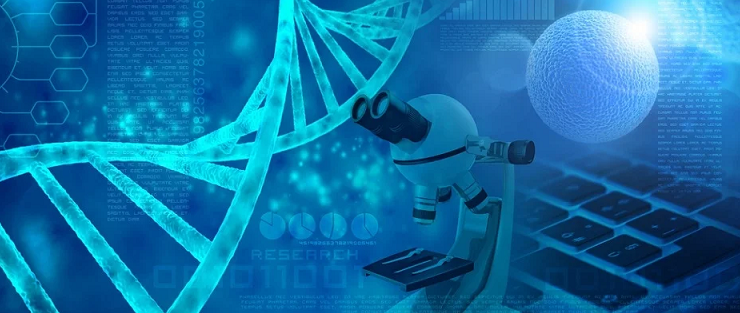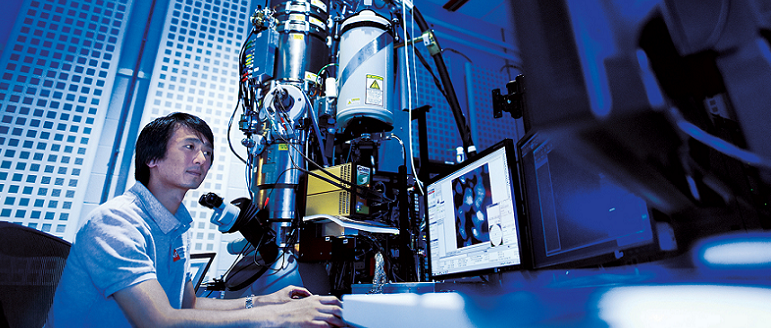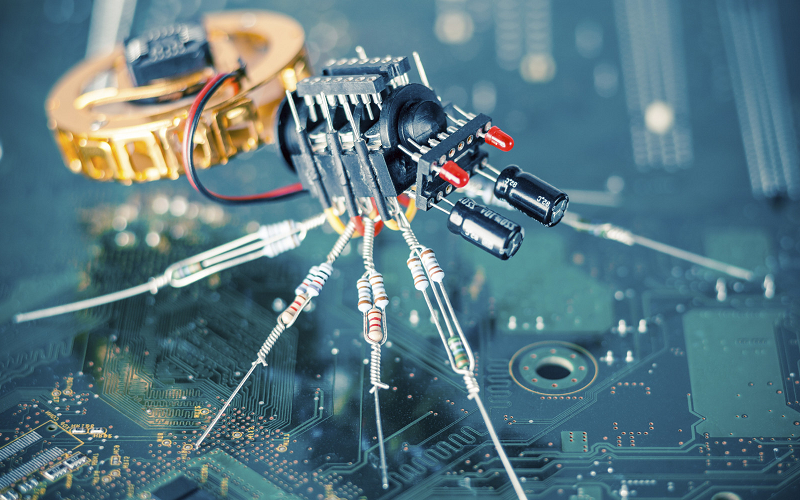Nanotechnology encompasses a wide range of scientific and technological innovations that work on the nanoscale, which is a billion times smaller than a meter. A nanometer is roughly equivalent to three atoms in length. Due to the unique laws of physics that apply on the nanoscale, materials that are typically safe can exhibit unexpected behaviors. For instance, aluminum is commonly used for packaging and food covering, but on the nanoscale it can be explosive.
What Is Nanotechnology?
Nanotechnology is the study and application of materials and devices with structures and properties that emerge on a nanoscale, which is a scale of about one billionth of a meter. On this small scale, the laws of physics can produce unique properties that differ from those at larger scales, leading to a wide range of new and exciting applications in areas such as electronics, energy, medicine, and materials science.
Nanotechnology involves the manipulation and control of individual atoms and molecules to create materials, devices, and systems with novel and improved properties. It combines principles from fields such as physics, chemistry, biology, and engineering to understand and develop new materials and technologies that operate at the nanoscale.
One of the key benefits of nanotechnology is the ability to enhance existing materials and create new ones with improved strength, conductivity, and other desirable properties. For example, nanoscale coatings can make surfaces more durable, resistant to wear and tear, and self-cleaning. In medicine, nanotechnology has the potential to revolutionize drug delivery and diagnosis, by allowing drugs to be targeted directly to specific cells and tissues, and by enabling earlier and more accurate detection of diseases.

Nanotechnology also holds great promise for energy production and conservation. For example, nanoscale materials and devices can improve the efficiency of solar cells and make them more affordable, and nanoscale coatings can improve the performance of fuel cells and batteries.
Despite the many potential benefits, the small size of nanoscale materials also presents some challenges and potential risks, such as toxicity, environmental impact, and ethical considerations. As such, it’s important to carefully consider and address these challenges as nanotechnology continues to advance.
The Environmental Pros and Cons of Nanotechnology
Nanotechnology has the potential to bring environmental benefits, such as more efficient use of energy and improved water treatment. However, it also has some environmental risks, such as toxicity and persistence in the environment, that need to be carefully considered and addressed. The impact of nanotechnology on the environment will depend on how it is used and managed, and it’s important to strike a balance between the potential benefits and the potential harm to the environment.
The Environmental Pros of Nanotechnology
Nanotechnology has the potential to bring environmental benefits, such as improved energy efficiency, effective water treatment, and air and soil pollution control.
- Improved energy efficiency: Nanotechnology has the potential to improve energy production and storage, leading to more efficient use of energy and reduced greenhouse gas emissions. For example, nanoscale materials and devices can make solar cells more efficient and affordable, and nanoscale coatings can improve the performance of fuel cells and batteries.
- Water treatment: Nanotechnology can be used to develop more effective water purification systems, enabling safe and clean water supplies for communities around the world.
- Air and soil pollution control: Nanotechnology can be used to develop new materials and devices that can help clean up air and soil pollution more effectively and efficiently.

The Environmental Cons of Nanotechnology
Nanotechnology has some environmental risks, such as toxicity, persistence in the environment, and waste management challenges, that need to be carefully considered and addressed.
- Toxicity: Some nanoscale materials, such as nanoparticles, can be toxic to humans, animals, and the environment. There is a need for more research to understand the potential health and environmental impacts of nanoscale materials.
- Environmental persistence: Some nanoscale materials are very small and can persist in the environment for a long time. This raises concerns about their potential to accumulate in the food chain and harm wildlife and human health.
- Waste management: The production and disposal of nanoscale materials and products can raise new challenges for waste management and pollution control.

Regulating Nanotechnology
The regulation of nanotechnology is still developing and varies from country to country. In general, the regulation aims to ensure the safe development and use of nanotechnology, while also promoting its benefits.
Regulations for nanotechnology can cover a wide range of areas, such as health and safety, environmental protection, consumer protection, and intellectual property. For example, regulations may require that nanoscale materials and products be tested for potential toxicity, that labeling requirements be established for consumer products that contain nanoscale materials, and that patents be granted for new nanotechnology inventions.
International organizations, such as the United Nations and the World Health Organization, are working to develop global standards and guidelines for the safe development and use of nanotechnology. These organizations aim to ensure that nanotechnology is developed and used in a way that maximizes its benefits while minimizing its potential risks.
The regulation of nanotechnology is an ongoing process, as the technology continues to evolve and new applications are developed. It’s important to ensure that regulations are in place to protect public health and the environment, while also promoting innovation and economic growth.

